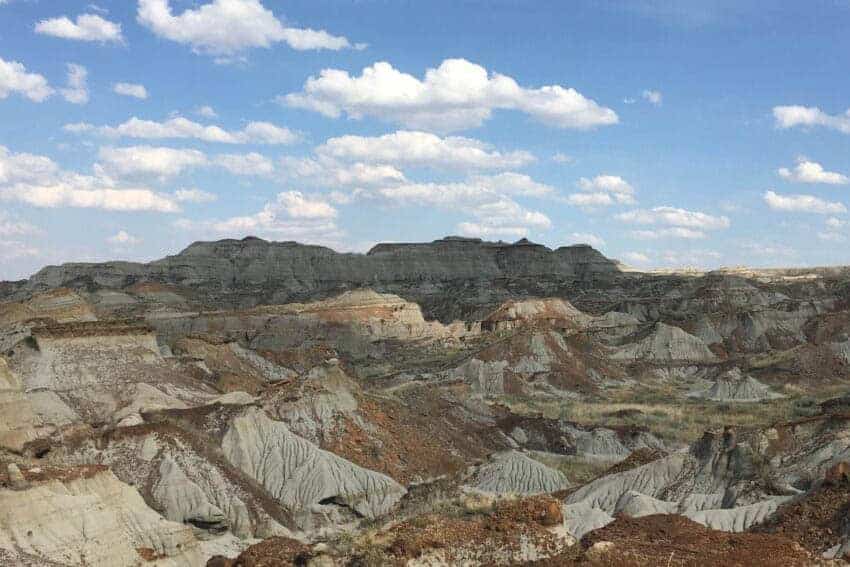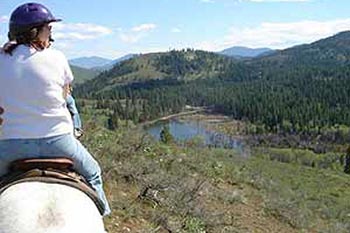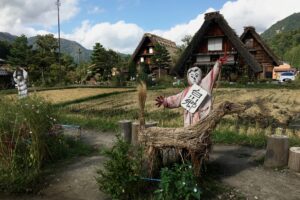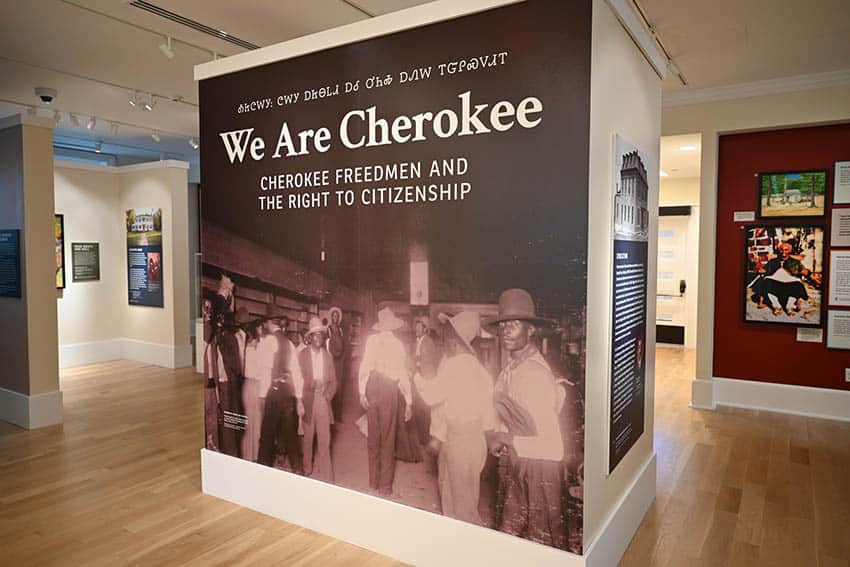
Dig sites: Responsible Traveling for Global Development
By Esther Akinsola
Whether you’ve seen them in Jurassic World or King Kong, we all want to know more about dinosaurs and their anatomy and history.
The earliest dinosaurs date back to the Triassic period (251.9-201.3 million years ago), and Ancient Odysseys is a company that allows you to unleash your discovery imperium by connecting you with researchers who need help on active dig sites.
These immersive, experiential, and socially conscious trips help you imprint a positive impact wherever you visit.

The Dig Site

Each dig site is different, some are focused on paleontology, and others are on archaeology. Dig sites can be anywhere. Some dig sites are for all ages while others are strictly structured to cater to adults.
On Paleontology dig sites, one can expect to unearth bodily fossils, molecular fossils, trace fossils, carbon fossils, or pseudo fossils.
These are typically in places like Petrified Forest Field Institute, Montana Dinosaur Center, Penn Dixie, Hamburg, Stanerose Interpretive Center, The mammoth site, and Sternberg Science Campus.
Artifacts and features such as spear points, arrowheads, knives, chipped or broken stone debris, ornaments, and scraping tools are discovered on archaeology dig sites.
With sites in places such as central Timna Valley Project, Isreal, and Cerro de Oro, Peru.
Each dig site has a unique discovery, the differentiator is in the process researchers embark on to validate what could be discovered at the site. This process is called prospecting.
Dig sites have infrastructures such as shelter, food, and amenities needed to make the field trip a success, although it is advisable for travelers and tourists to get adventure travel insurance in case of any mishap.

Prospecting
Scientists and researchers typically move around an area, with hopes of seeing fragments above the earth’s surface.
Once a fragment is found further research is made on the ground to see if there are more specimens buried deep within the ground.
With your help these features or fossils are excavated, documented, and studied.
Researchers and Citizen Science
Marisa Rodriguez, who has been going on digs for about a dozen years noticed the disparity between funding and assistance.
So, to bridge the gap she started Ancient Odysseys, a platform that allows travelers to collaborate with researchers to increase scientific knowledge and be a part of something meaningful.

Marisa Rodriguez believes that travel is a sense of curiosity about the world–the need to see new things and discover and I feel this is one
Collaborating with researchers on your next vacation/ trip not only offers you an opportunity to gather information and share data but also equips you to contribute to collective actions to address global challenges.
Working on dig sites with these researchers gives you 100% involvement in the excavation and an opportunity to fund the work done.
Why You Should Travel to a Dig Site
Everyone probably knows what you do when you travel, visit the best places, and historical sites and maybe just enjoy good food.
Your real bragging rights are in doing something different and this is it. Engaging in this kind of trip helps you give back to locals.
You know what’s cooler than the churros–unearthing a 66 million-year-old triceratops!
Costs and Conservation
Dig sites are affiliated with a museum, university, or repository leaving them accessible to the public and scientists
A 3 days to a week Dinosaur or Mammoth dig in the US costs around $750 and in most cases, visits to certain digs are for a day and are open to all ages and much less.
How it works
Dig sites are designed with a curriculum, travelers have a ‘classroom out in the field’. The classroom out in the field is anchored by the lead researcher and a Ph.D. student on-site.
Each dig starts with an explanation of the importance of the location and what to expect.
Instructions about what to do, how to use tools like rocks, hammers, awls, buckets, and brushes. And how to identify what you are seeing.
This is particularly fun as it can be hard for the untrained eye to differentiate rock from fossils in paleontology digs.

Montana Dinosaur Center
The Montana Dinosaur Center referred to as “The Graveyard” is thickly overlain with bones, such that travelers walk on them!
The center allows travelers to learn about the kinds of dinosaurs that had been at the place and the ecosystem they lived in.
While most bonebeds have one or two more species four have been discovered on this site!
Gretchen Marks describes the two days spent on the 100-yard-long area as an interesting walk as she found bones everywhere she noted her surprise at finding several invertebrate/clams/brachiopod sites in the area that were still accessible for hunting.

“I spent some time carefully removing shrubs that had grown into the fossil bed from the surface, pieces of bones were caught in the roots.
Lightning Ridge
Lightning Ridge is the only site in New South Wales and the only place in the world that routinely preserves terrestrial animal bones – like dinosaurs – in opal.
Virtually every fossil is tiny, usually less than a couple of centimeters in length, but even so, Ancient Odyssey has been able to obtain a detailed snapshot of the entire fauna, from fish to giant sauropod dinosaurs with the help of travelers.
Cerro de Oro

Cerro de Oro, located in a monumental settlement of over 150 hectares and presents a profuse and intensive occupation that spans over 1000 years.
The city was composed of houses, temples, cemeteries, and specialized workshops all made out of tall and thick adobe walls, some of them over 10m high.
In 2013, Ancient Odyssey’s excavated a very complex elite tomb whose remains were curated and exhibited in the MALI museum. Currently, some of these pieces are on exhibition at the Pachacamac Museum.
In this location, Ancient Odysseys have been able to describe the earliest Prunus flowers in the fossil record–a genus of cherries, peaches, plums, and the earliest hazelnut fruits.
Followed by the first fossil onions in the fossil record which make both flowers and the little “bulbils” that are the onion sets as you plant in your garden.
They also have waterlily plants that floated in the lake and dispersed their seeds in a gooey mass just like modern ones do and leaves that have intermediate shapes that suggest they may have been hybrids.
The great stories in these plants help us understand how they lived.
- A Local’s Guide to Lagos, Nigeria - September 9, 2023
- Erotic Tour, Find Yourself In Barcelona! - August 21, 2023
- Cruise Around NYC on a Ferry - August 14, 2023







